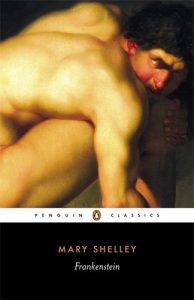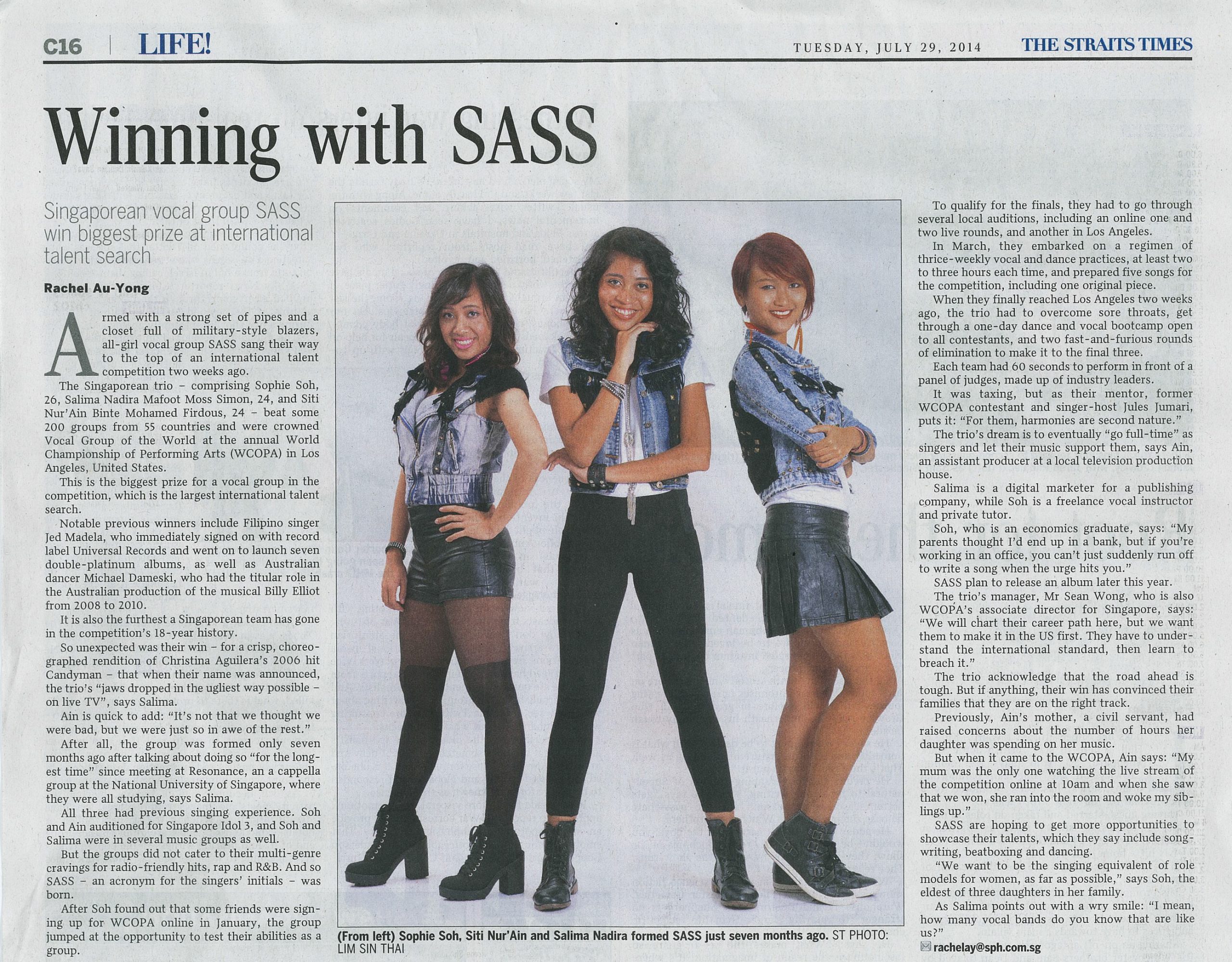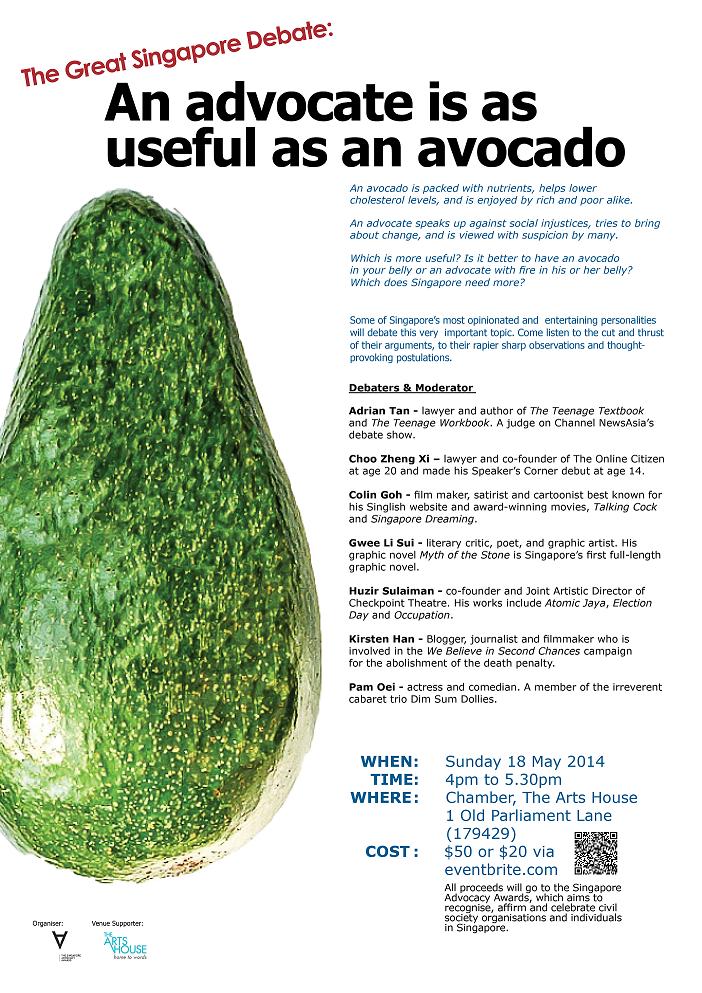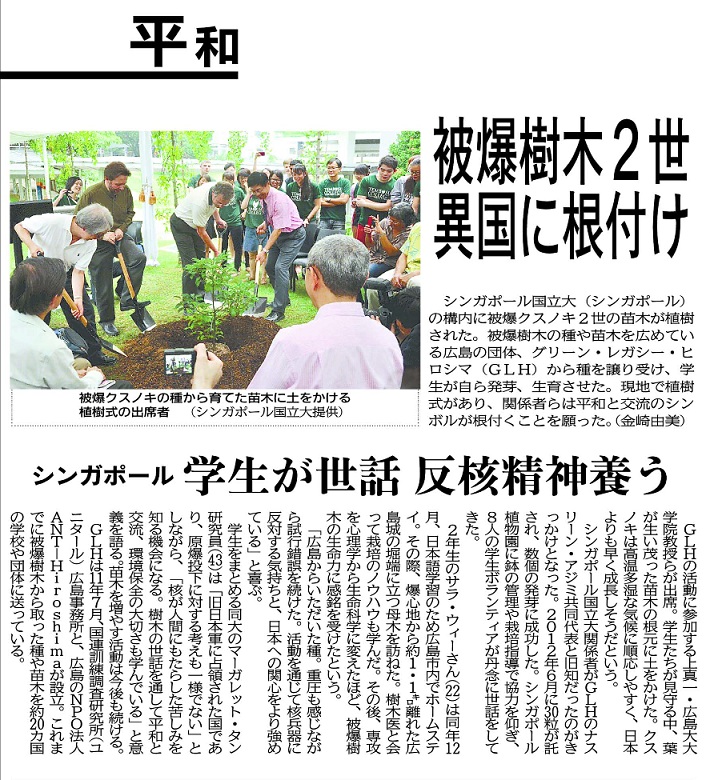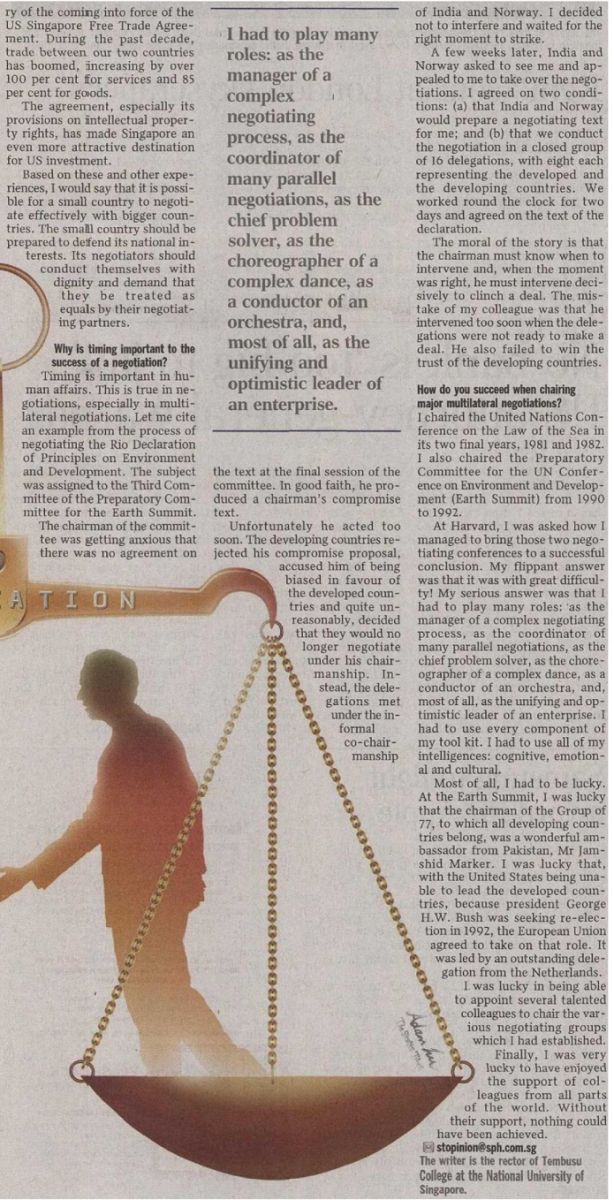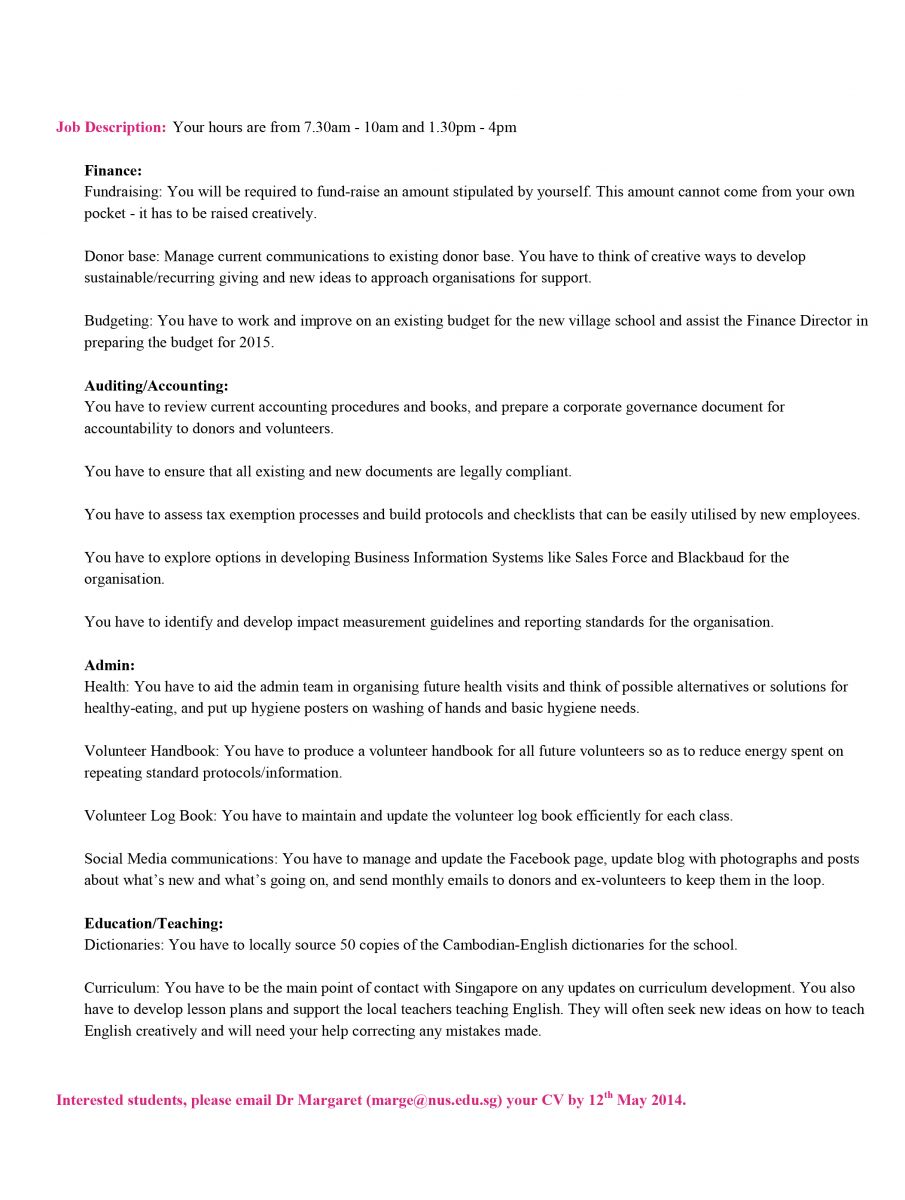
Eugene cites his former teachers as his inspiration for joining the profession
Former Tembusu College Ambassador, Eugene Chum, has hobnobbed with public figures and thought leaders, as the College holds events that expose its students to out-of-the-classroom learning. Four years after stepping into the University, he leaves with not just a first-class honours degree in Geography under his belt, but also invaluable skills that he has picked up as part of his Tembusu and NUS experience.
When Eugene interviewed for the position of Ambassador, he struck the interviewers as an unassuming, earnest and sincere person. He also came across as a team player, which was crucial, as Ambassadors have to come together to plan and organise various events. Additionally, he pushed boundaries in thinking up new ways to market the College, said a College administrator who worked closely with him.
Taking risks has given the new graduate a foretaste of what he can accomplish.
“Throughout my time at NUS, I found myself constantly being forced to do things I wouldn’t normally do and I dreaded these moments,” he said. “In retrospect, it was then that I learned the most about my strengths and weaknesses and what I’m capable of.”
Eugene has embraced the many extra-curricular experiences NUS offers, amid excelling in the classroom. “I strongly believe that studying is only one aspect of a holistic university education and a lot of it is about getting involved in other areas of campus life. The challenge then is trying to balance these conflicting demands and excel in all aspects.”

Eugene (in white t-shirt) directed the NUS Geography Freshmen Immersion Camp in 2011
The recent graduate’s efforts were acknowledged by the Department of Geography when he was awarded the Singapore Journal of Tropical Geography Book Prize for being the best Year 3 Geography student. That, of course, preceded the conferment of his first-class honours degree at the Commencement Ceremony on 7 July.
Of the many areas of opportunities Eugene could have ventured into in his next phase life, he has chosen the noble profession of becoming a teacher. This is because he knew first-hand the difference teachers could make in a student’s life.
“When I was in St Joseph’s Institution, I was blessed to have teachers who cared and were so committed and that left a very deep impression on me. That's why I decided to teach, because I know that I'll be in a position to make a difference to the lives of students, and so have a small part in hopefully making a change for the better in society,” he said.
He is currently going through the Singapore Ministry of Education’s Enhanced School Experience, a four-week attachment to schools, after which he will pursue his Postgraduate Diploma in Education at the National Institute of Education.
Found in NUS News





